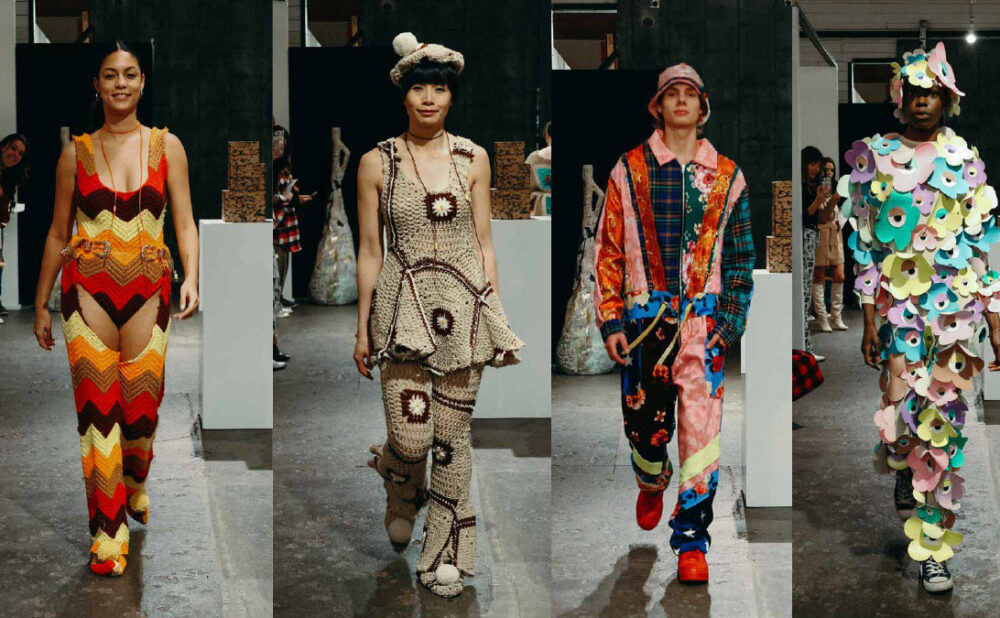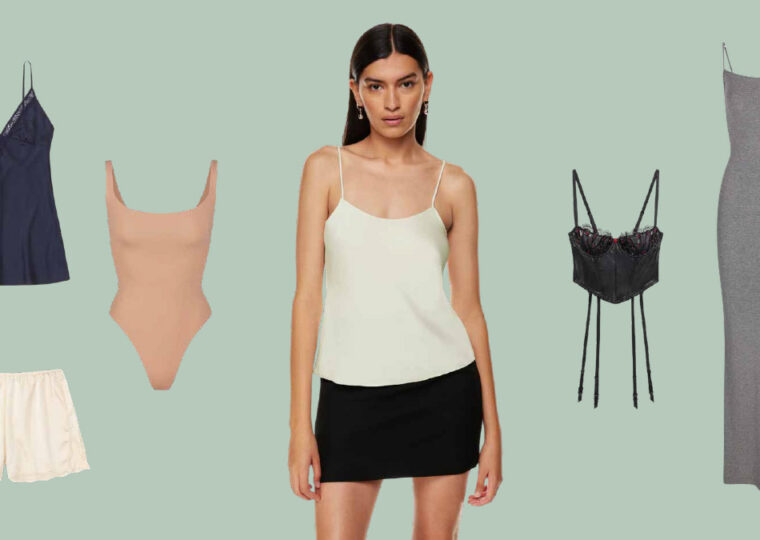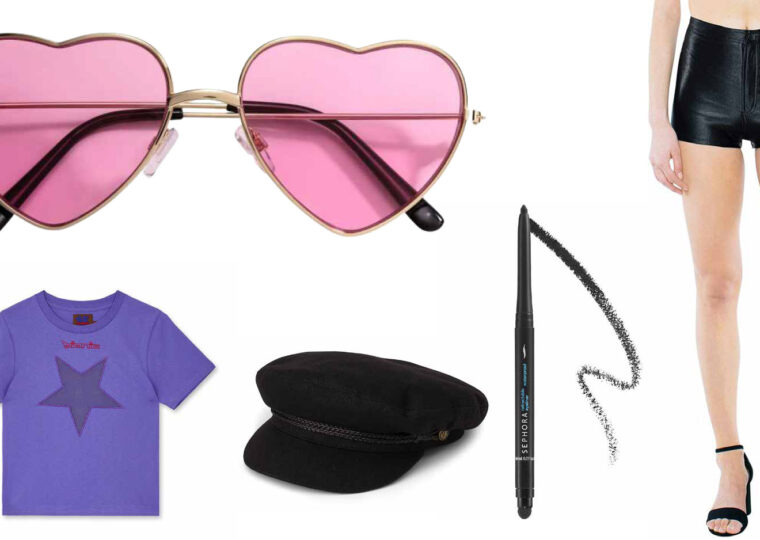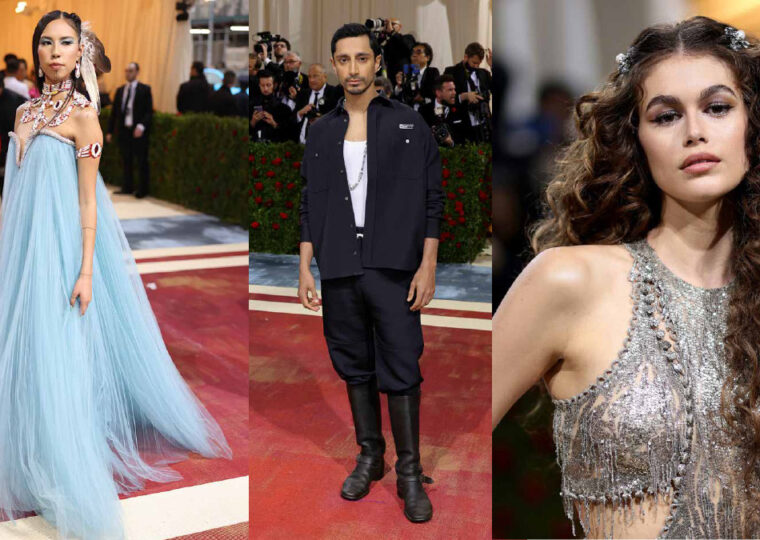Stylish and Sustainable: Is Calgary the Next Fashion Hub?
From assless chaps to Pussy Riot-inspired balaclavas, FIBRE Fashion showcases the best in Calgarian design.
Buddy-buddy with oil, fashion is one of the most polluting industries on earth. In a city that made its name with the cyclical boom and fall of the former, the notion of a burgeoning sustainable fashion community in Calgary sounds like an oxymoron.
And yet, it exists. It’s beginning to thrive, even.
I’m used to getting amused looks for daring to wear so much as a leopard print coat or a beret in a city known more for its uniform of MEC puffer jackets than its fashion scene. So when I get an early December invite to FIBRE Fashion, a showcase of ethical and sustainable designers in YYC held by The Nobles model Management at Christine Klassen Gallery, I’m surprised that a collective like this even exists. Toronto and Montreal are the obvious style capitals in Canada. What kind of heat is Calgary packing?
Quite a high calibre it seems. Turns out, the STEM minds populating the energy industry are some of the most equipped to reimagine the broken fashion industry. With their analytical yet inspired approach, these professionals can tackle issues of design from an angle fashion insiders can’t. Take Sasmitha Dellawa, a London Fashion Week-featured designer who works for a natural gas company by day, or Tyler McCombs, a former Apple manager who dreamt up a line of eco-friendly underwear.
Calgary’s fashion scene is just beginning to bear fruit; much like its prairie landscape, there’s nothing but wide-open space for imagination and innovation. Could this western city be the heart of Canada’s sustainable design revolution?
Here are some of our favourite designers and most interesting conversations from the FIBRE Fashion show.










